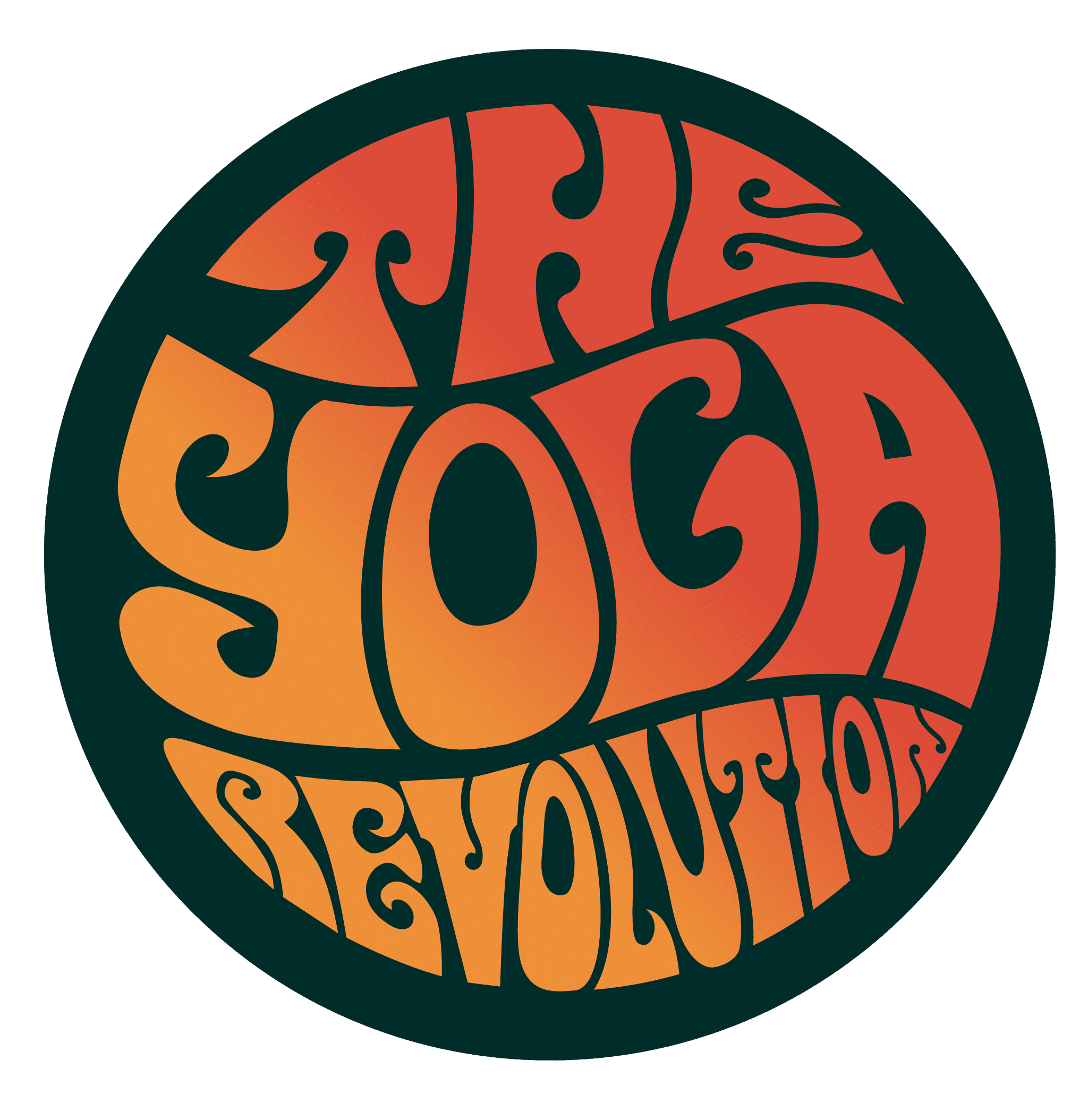Yoga communities are diving into this topic more and more these days: nervous system health. And for good reason; your nervous system basically runs the entire show. Your show, I mean. The way you interact with your day and the people around you, the way you’re feeling, it’s all run by your nervous system. It literally shapes how you experience and interact with the world.
A big deal, then. And when we’re constantly stressed, even at a low level, it affects how our entire brain and body responds to, well, everything. Down-regulation of your nervous system is basically a way of shifting out of a stress response (your fight, flight, or freeze reaction to big or small levels of stress), and into a calmer, more grounded place where you’re better able to process the world around you (that rest and digest aspect to your nervous system you might have heard in restorative yoga classes).
So how can we shift from fight, flight, or freeze to rest and digest? Here’s my favourite and most simple ways:
Breathe
It probably wont come as a surprise that breathing is hugely connected to our nervous system. And, when we take conscious, deep, and slow breaths, this literally signals to our nervous system that we can slow down, all is well.
My favourite breath for this, especially in moments of panic or overwhelm, or when anxiety hits, is the physiological sigh. To do this, take a deep breath in through your nose, then another short inhale through your nose, before breathing out through your mouth. Continue breathing like this for about five minutes. You’ll actually notice your body automatically taking this kind of breath when you’re in a state of shock or distress. It activates your parasympathetic nervous system which calms the body and slows down your heart rate.
Have Gratitude
I work with an amazing coach and we use a tool called Positive Intelligence (PQ). Put simply, PQ tells us that we have all these different saboteurs that hijack our brain (telling us we’re not good enough, among other things) alongside a sage part of our brain; a more calming, grounded approach to problems and our world.
So, when we practice gratitude, even (and especially) for small things in our day, we’re automatically shutting down those pesky saboteurs and moving into our sage response. Especially when we allow ourselves to smile. By moving into this sage response, by feeling gratitude and even just pulling our face into a smile, we’re activating a relaxation response and that parasympathetic part of our nervous system that allows us to feel calmer and slower.
Be Vocal
The act of singing, humming, or even chanting actually activates the key mechanism of the parasympathetic nervous system: the vagus nerve. Not only that, but you’re also controlling your breath, and increasing nitric oxide, so you’re getting two hacks in one,
Sing in the shower, belt out a classic in the car, it doesn’t really matter. But my favourite vocalisation, an incredible humming technique, is taught by my nervous system coach, Jonny Miller. It’s called ‘voo-hum’: take a breath in through your nose, then sound out the word ‘voo’ as you exhale, and then the word ‘hum’ on the same exhale. It’s a perfect tool for anytime you need to soften, find calm, and shift from a place of anxiety to a place of ease.
For a class to support this down-regulation, to work on breath, movement, and mindset to help you tap into your parasympathetic nervous system, check out The PSNS in our library – the perfect session to help you better shape how you experience and interact with your world.
